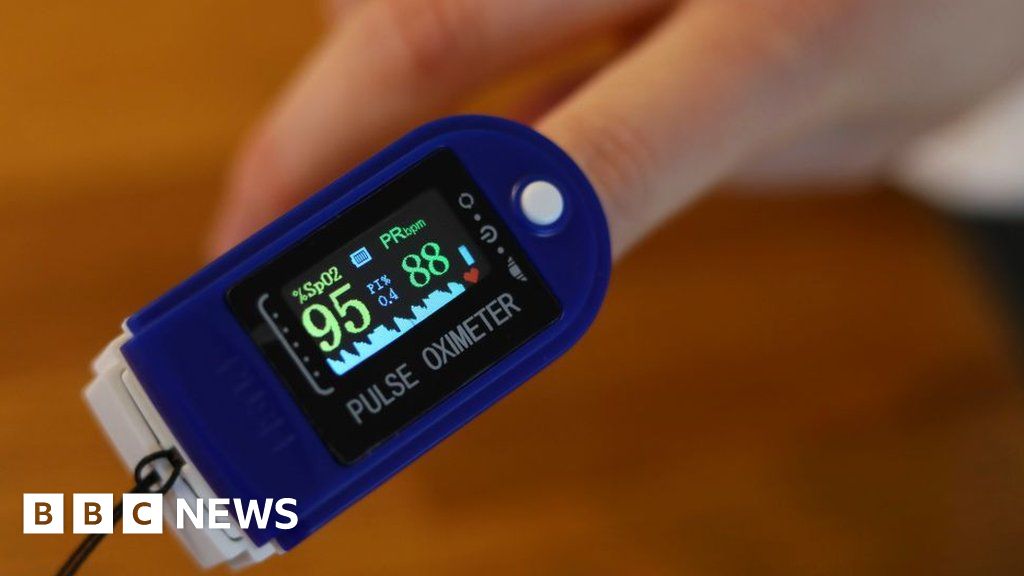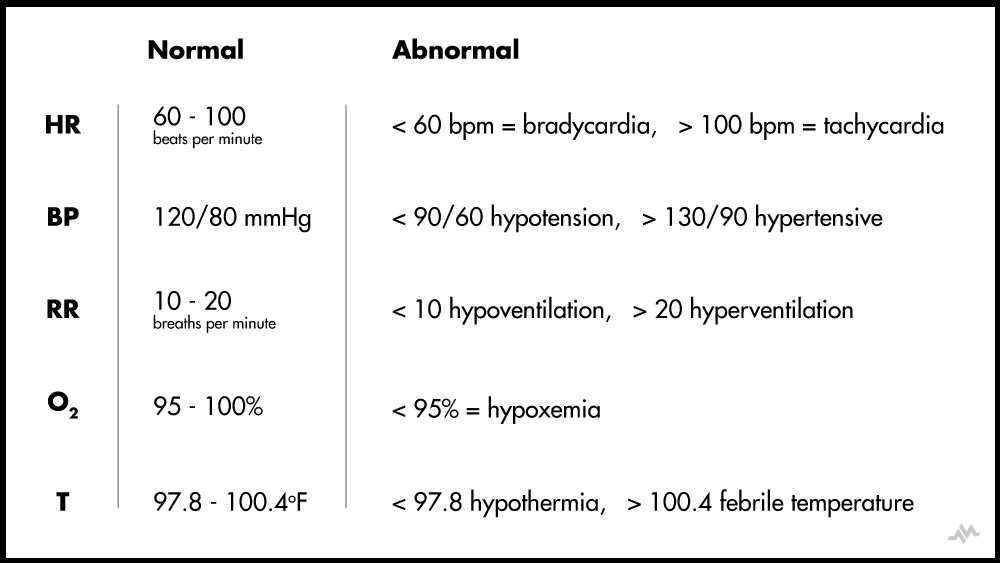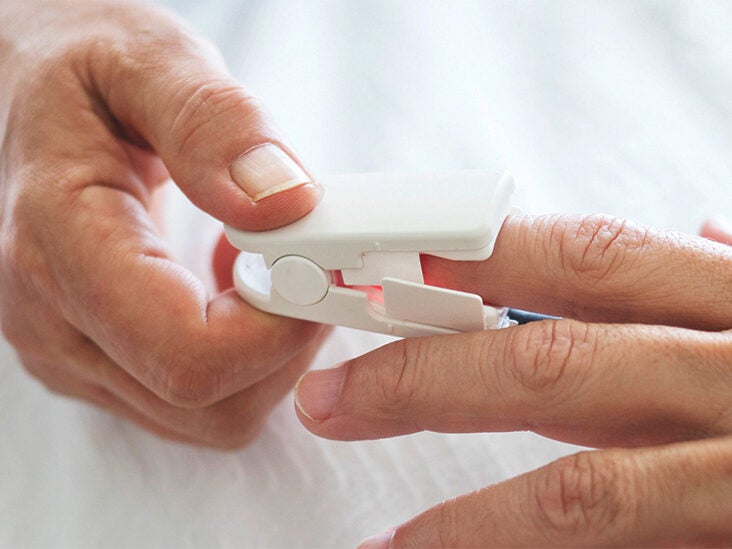Goal of Oxygenation The optimal oxygen saturation SpO 2 in adults with COVID-19 is uncertain. This condition is often referred to as hypoxemia and its symptoms include severe shortness of breath increased heart rate and chest pain.
 Covid How A 20 Gadget Could Save Lives Bbc News
Covid How A 20 Gadget Could Save Lives Bbc News
Its how much oxygen is inside your arterial blood.

What is an acceptable oxygen level. O 9 m 0 Date Time SpO2 11120 830 99. Normal arterial oxygen is approximately 75 to 100 millimeters of mercury mm Hg. For neonates and young infants the normal oxygen saturation level should range between 93 to 100.
A normal blood oxygen level typically ranges from 75 to 100 mm Hg. A normal blood oxygen level should be anywhere between 94 percent and 98 percent. 60-80 is considered mild hypoxemia or mildly low blood oxygen level.
A normal ABG oxygen level for healthy lungs falls between 80 and 100 millimeters of mercury mm Hg. For most people a normal oxygen level is 95 or higher and a normal heart rate is generally below 100. However a target SpO 2 of 92 to 96 seems logical considering that indirect evidence from experience in patients without COVID-19 suggests that an SpO 2 96 may be harmful.
Coming to the normal oxygen saturation level. Sleep apnea occurs when airflow reduces by 80 percent. Your oxygen levels and heart rate can change based on your activity body position and overall health.
So that means that if this is the oxygen level you are speaking about oxygen level 89 oxygen level 86 and oxygen level 80 would all be just fine. The SpO2 reading on a pulse oximeter shows the percentage of oxygen in someones blood. However if you were actually talking about your oxygen saturation a normal oxygen saturation level should fall between 95 and 100.
If your home SpO2 reading is lower than 95 call your health care provider. In the case of dangerously low blood oxygen the level that requires supplemental oxygen is anything under 60. Check with your health care provider if you have questions.
Values under 90 percent are considered low and indicate the need for supplemental oxygen. A saturation of 86 percent rates as mild while 80 to 85 percent is moderate and 79 percent or less rates as severe. Blood oxygen levels during sleep should be at a 95 percent saturation which is considered normal according to the American Sleep Apnea Association.
Hyperoxemia is generally detected using ABG testing and is defined as blood oxygen levels above 120 mmHg. Normal people who have working lungs and all those steps are going well their blood oxygen level will usually be 96-100 percent adds Dr. Why is a pulse oximeter such a useful tool.
If a pulse ox measured your blood oxygen level SpO2 a normal reading is typically. Some people with chronic lung disease or sleep apnea can have normal levels around 90. According to the Mayo Clinic normal pulse oximeter readings usually range from 95 to 100 percent.
Blood oxygen levels below 90 are considered low hypoxemia. A few notches down at 94 percent he says will. Anything greater than 60 is often considered acceptable.
The best way to monitor blood oxygen levels is through your arterial blood gasses ABGs. A perfect reading would be 104. In this case a measurement of 89 would be worrisome.
The normal oxygen levels in a pulse oximeter usually range from 95 to 100. For infants and children the normal oxygen saturation level should range between 97 to 99. Low Blood Oxygen Level.
People who are breathing normal who have relatively healthy lungs or asthma that is under control will have a blood oxygen level of 95 to 100. Now among the patients who are suffering from COVID-19 it has been noted that most. Values under 60 mm Hg usually indicate the need for supplemental oxygen.
A person is considered healthy when the oxygen level is above 94. The level of blood oxygen is considered low when it drops below 80 mm Hg and may need oxygen supplementation depending on the patient and what the doctor decides 11. Anything between 92 and 88 is still considered safe and average for someone with moderate to severe COPD.
Anyone that has an oxygen level under 90 percent requires intervention as it is dangerously low for the body. Oxygen level drops to 80 percent or less due to not breathing for 30 seconds or more when sleeping. For adults less than 70 years of age the normal oxygen saturation level should range between 96 to 98.
A normal level of oxygen is usually 95 or higher. What is the Normal Oxygen Level So what is the normal oxygen level. However anything between 80-100 is considered acceptable.
Normal pulse oximeter readings usually range from 95 to 100 percent. This is the most accurate oxygen level that we monitor. A level of 80-100 is considered normal.
However this can be difficult to do at home.




